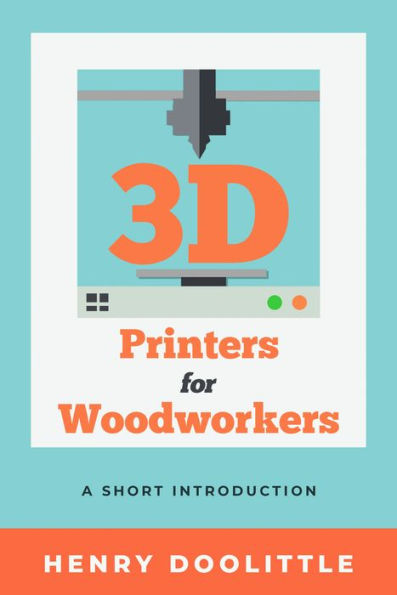Read an Excerpt
NASA had a problem. How do you ensure that the ISS has the tools, and parts, needed to do the job, to keep the ISS operational? The ISS can only carry so many 10 mm sockets. What size patches do you need? How many plumbing fittings do you take with you? Do you have the parts needed to fix the Wolowitz waste disposal system? Having the parts on hand for any repair was not an option. They need to be able to create and repair with the materials on hand. NASA needed to make sure that the materials on hand could accomplish as much as possible.
Enter 3D printing. Under contract with NASA a company called Made In Space built a 3D printer for use in space. The printer was a FDM (Fused Deposition Modeling) design made to work in a zero gravity environment. In March of 2016 the 3D printer called the AMF (additive manufacturing facility) was sent to the ISS. It has printed over 100 mission critical parts. NASA engineers have estimated that 30 % of the parts in the ISS can be printed in a 3D printer. The only materials that need to be replenished are the rolls of filament.
So how does this technology affect you? Like CNC routers, 3D printers have the capability for making the craftsman’s job easier. More tools and jigs are made from a combination of metal and plastic. Most of the plastic parts can be printed. In the future you will be able to go on line for the tool or jig you need, buy it, download it, and print it. Tools like speed squares, pocket screw jigs, feather boards, clamps, can all be printed on a 3D printer and made available to the shop as needed.



